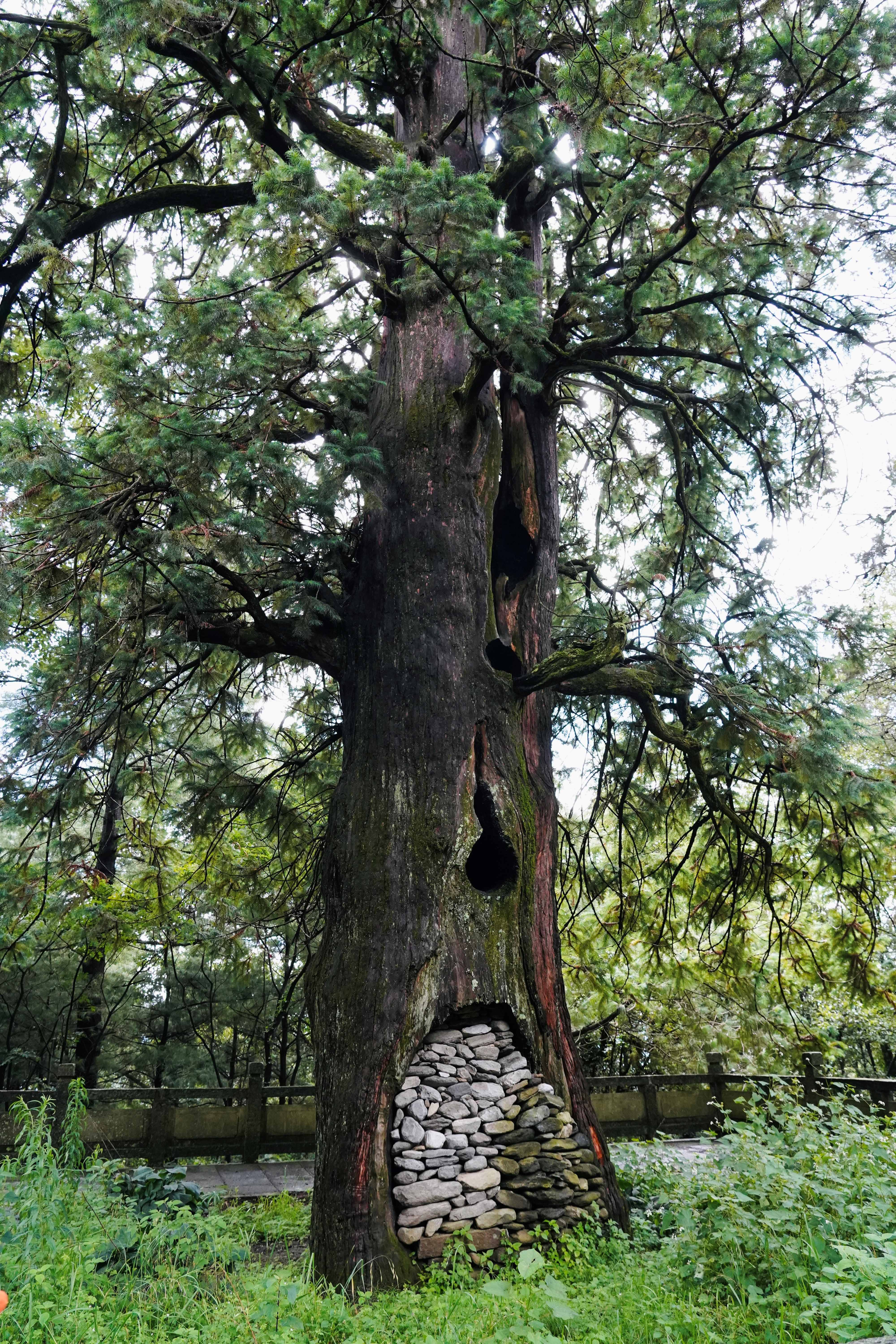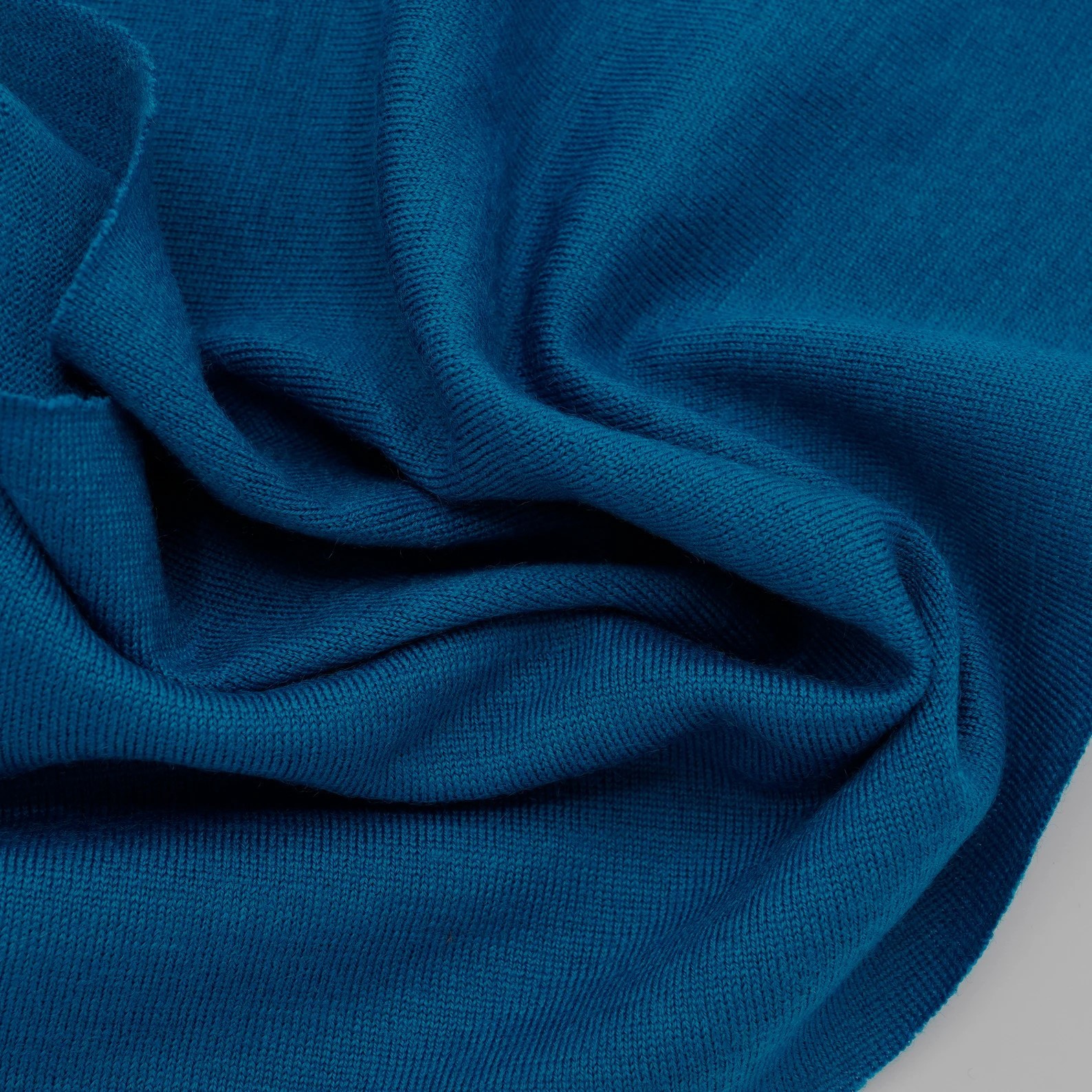 Esperanto
Esperanto
 Shqiptare
Shqiptare
 Euskara
Euskara
 Zulu
Zulu
 Latinus
Latinus
 Cymraeg
Cymraeg
 தமிழ்
தமிழ்
 Slovak
Slovak
 Slovak
Slovak
 Afrikaans
Afrikaans
Exploring the Versatility of Woven Wool Fabric in Modern Textiles
Release time:
2025-05-01
Source:
Exploring the Versatility of Woven Wool Fabric in Modern Textiles
Table of Contents
1. Introduction to Woven Wool Fabric
2. Unique Properties of Woven Wool
3. The Historical Significance of Wool in Textiles
4. Modern Applications of Woven Wool Fabric
4.1 Fashion and Design
4.2 Home Textiles
4.3 Technical Textiles
4.4 Sustainable Fashion
5. Advantages of Woven Wool Fabric
6. Challenges in Woven Wool Production
7. The Future of Woven Wool in the Textile Industry
8. Frequently Asked Questions
9. Conclusion
1. Introduction to Woven Wool Fabric
Woven wool fabric has been a cornerstone of textile production for centuries. As we explore its versatility, we uncover a material that not only stands the test of time but also adapts to contemporary needs. The unique characteristics of woven wool make it suitable for a range of applications, from high-fashion garments to robust technical fabrics.
2. Unique Properties of Woven Wool
Woven wool boasts several intrinsic properties that set it apart from other fibers. These include:
- **Insulation**: Wool fibers trap air, providing excellent thermal regulation.
- **Moisture Management**: Wool can absorb moisture while still feeling dry to the touch, making it ideal for various applications.
- **Durability**: When properly cared for, woven wool can last for many years without significant wear and tear.
- **Biodegradability**: As a natural fiber, wool is environmentally friendly and decomposes over time, reducing its ecological footprint.
3. The Historical Significance of Wool in Textiles
Wool has played an essential role in human civilization, dating back thousands of years. From ancient garments to the development of the textile industry, woven wool has been a symbol of quality and durability. Understanding its history helps us appreciate its enduring popularity in modern textiles.
4. Modern Applications of Woven Wool Fabric
Woven wool's versatility is evident in its wide range of applications across various sectors:
4.1 Fashion and Design
Wool is a favorite among fashion designers for its luxurious feel and drape. High-end fashion brands often use woven wool in collections, utilizing its properties for creating warm, stylish garments that appeal to consumers seeking both aesthetics and functionality.
4.2 Home Textiles
From elegant curtains to cozy blankets, woven wool is a popular choice in home décor. Its aesthetic appeal, combined with durability and ease of maintenance, makes it ideal for various household items.
4.3 Technical Textiles
In the realm of technical textiles, woven wool demonstrates its adaptability. It is used in outdoor gear, insulation materials, and even automotive applications, where its moisture-wicking and thermal properties are advantageous.
4.4 Sustainable Fashion
The push for sustainability in the fashion industry has renewed interest in wool as a natural, renewable resource. Woven wool fabrics are now incorporated into sustainable fashion lines, appealing to eco-conscious consumers who value responsible sourcing and production methods.
5. Advantages of Woven Wool Fabric
Choosing woven wool for various applications comes with numerous advantages:
- **Comfort**: Wool's natural softness and breathability provide comfort in both cold and warm weather.
- **Fire Resistance**: Wool is naturally flame-retardant, making it safer for clothing and home textiles.
- **Stain Resistance**: The natural oils in wool help repel dirt and stains, making maintenance easier.
- **Versatility**: Woven wool can be tailored for numerous industries, from fashion to home décor to technical uses.
6. Challenges in Woven Wool Production
Despite its advantages, there are challenges in the production of woven wool. Issues such as fluctuating wool prices, the impact of climate change on sheep farming, and the need for sustainable practices can affect availability and cost. Addressing these challenges is crucial for the future of woven wool in the textile industry.
7. The Future of Woven Wool in the Textile Industry
As we look to the future, woven wool's role in textiles is poised to grow. Innovations in textile technology and a heightened awareness of sustainability will likely lead to new applications and techniques in wool processing. The demand for high-quality, sustainable textiles will drive the evolution of woven wool, solidifying its place in modern textiles.
8. Frequently Asked Questions
What makes woven wool superior to other fabrics?
Woven wool's unique properties, such as insulation, moisture management, and durability, make it highly versatile and suitable for various applications.
How do I care for woven wool fabrics?
Caring for woven wool typically involves gentle washing, avoiding harsh detergents, and air drying to maintain its quality. Always refer to specific care instructions for the best results.
Is woven wool a sustainable choice?
Yes! Woven wool is a natural, renewable fiber that is biodegradable, making it a more sustainable option compared to synthetic fabrics.
Can woven wool be used for outdoor clothing?
Absolutely! Woven wool is excellent for outdoor clothing due to its insulation and moisture-wicking properties, making it a popular choice for activewear and outdoor gear.
What industries utilize woven wool fabric?
Woven wool is used in various industries, including fashion, home textiles, automotive, and technical textiles, showcasing its versatility and adaptability.
9. Conclusion
Woven wool fabric continues to be a vital component of modern textiles, thanks to its unique properties, rich history, and adaptability in various applications. As we move forward, the importance of sustainable practices and innovation will ensure that woven wool remains relevant in the ever-evolving textile landscape. By embracing the versatility of woven wool, we not only celebrate a timeless material but also contribute to a more sustainable future in textiles.
woven wool fabric
Related News
2025-08-21 19:00
Why Nylon Wool Fabric is the Future of Sustainable Apparel
Why Nylon Wool Fabric is the Future of Sustainable Apparel Table of Contents 1. Introduction to Sustainable Apparel and Its Importance 2. Understanding Nylon Wool Fabric: A Comprehensive Overview 3. Environmental Benefits of Nylon Wool Fabric 3.1 Reduced Resource Consumption 3.2 Lower Carbon Footprint 4. Durability and Longevity: A Wise Investment 5. Versatility in Fashion Design 6. The Growing Po
2025-08-11 18:40
The Versatility and Benefits of Wool Fabric in Textile Industry
Wool fabric, derived from the fleece of sheep, is renowned for its unique properties that make it a highly sought-after material in the textile industry. Unlike synthetic fibers, wool is a natural fiber that possesses a range of advantages, contributing to its enduring popularity among designers and manufacturers. One of the most significant attributes of wool fabric is its excellent thermal regul





